Introduction
This page gives clear and honest reviews of technical books focused on data and AI. The books are sorted by topic and by popularity, so you can easily find what fits your level and interests.
Each review is based on actual reading experience (including my own !). The goal is to save you time and help you choose the right book for learning, work, or skill development.
Data Analytics
This section reviews books that help you understand, explore, and communicate with data. Whether you’re learning to visualize insights or optimize analysis workflows, these titles cover the core of working with data.
Use these books when you are starting out or coming back for a clear refresher on the essentials.
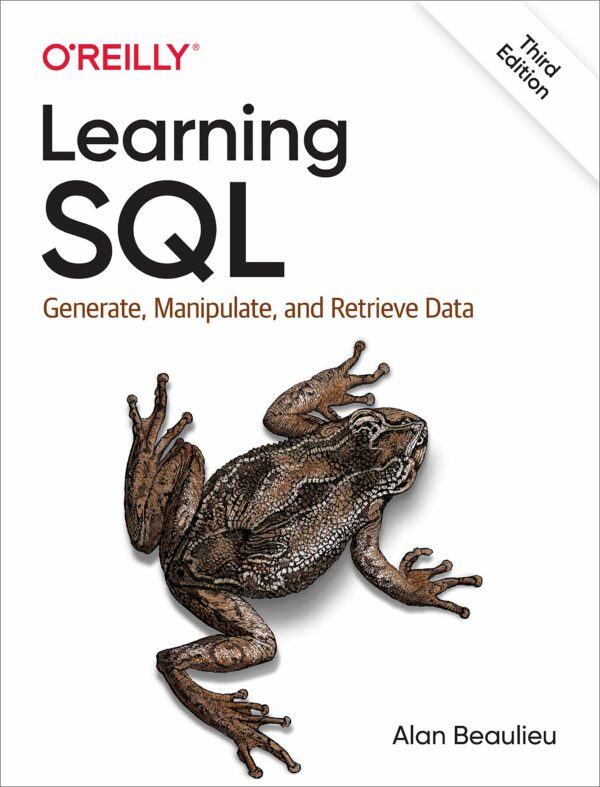
Learning SQL
Rating: 8/10 ⭐⭐⭐⭐
A true SQL starter guide. Walks through syntax and structure slowly, with lots of examples. Less analytics-focused than the one above, but very beginner-friendly.
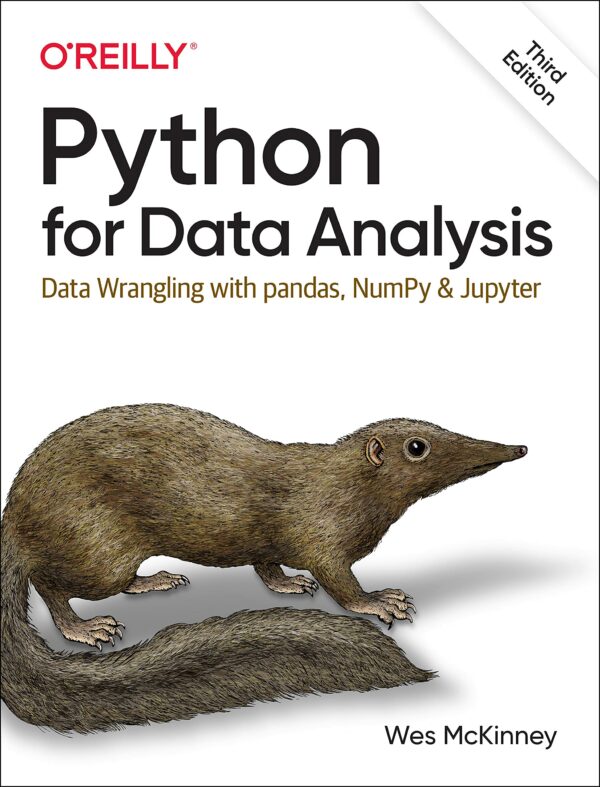
Python for Data Analysis: Data Wrangling with pandas, NumPy, and Jupyter
Rating: 8/10 ⭐⭐⭐⭐
Consider this a baseline refresher. Covers core Python data structures and tools like Jupyter, pandas, NumPy. It’s not groundbreaking but serves as a reliable reference if you’re beginner in the wonderful life of data analytics.

Storytelling with Data: A Data Visualization Guide for Business Professionals
Rating: 7/10 ⭐⭐⭐⭐
A solid entry-level book focused on how to present data visually and communicate insights effectively. Ideal if you’re in business, marketing, or product roles and need to tell a story with your charts.
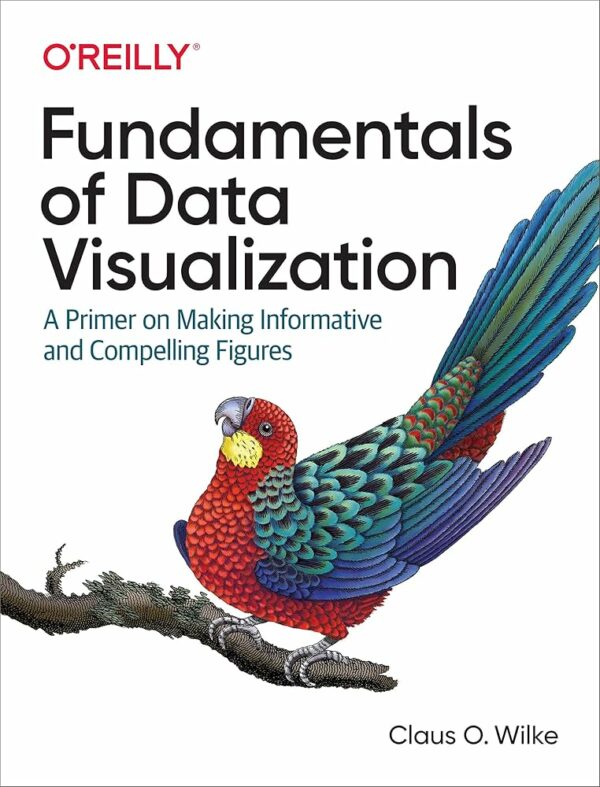
Fundamentals of Data Visualization
Rating: 6/10 ⭐⭐⭐
Similar in tone and content to Storytelling with Data. Focused more on theory than practice, with good examples of dos and don’ts for chart-making. Worth browsing, especially if visuals are central to your work.
Choose these titles if you already work with this topic and want practical guidance to expand your skills.
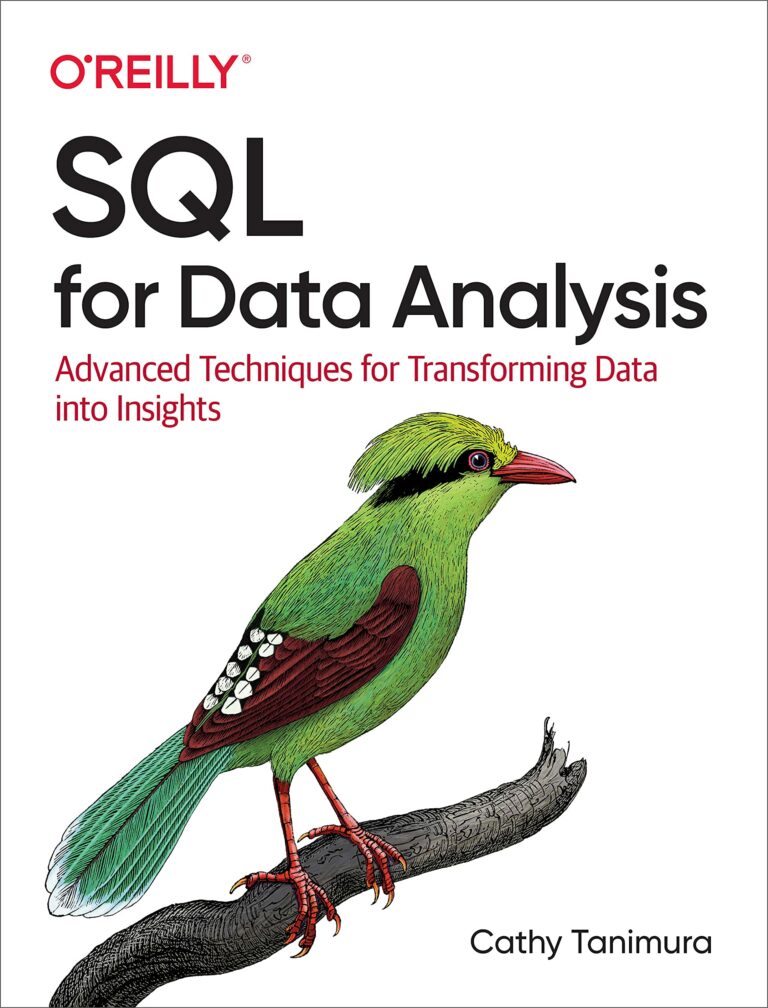
SQL for Data Analysis: Advanced Techniques for Transforming Data into Insights
Rating: 7/10 ⭐⭐⭐⭐
If you already know SQL basics, this book takes it further: advanced querying patterns, window functions, performance tuning. Ideal for elevating your data prep and exploration capabilities.
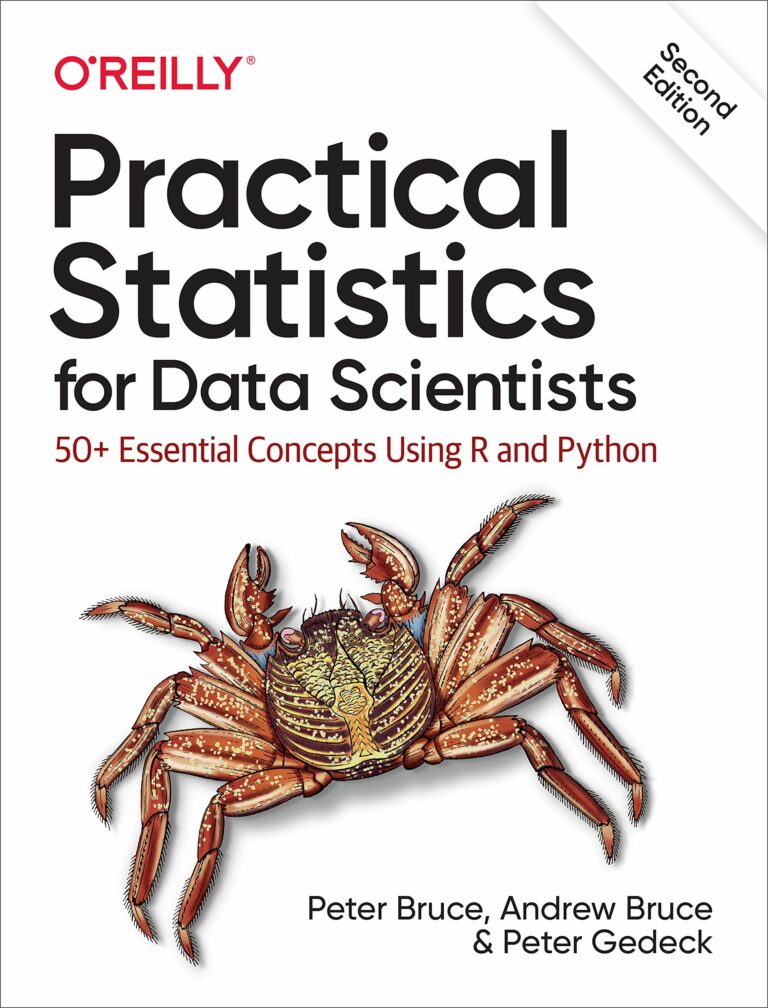
Practical Statistics for Data Scientists: 50 Essential Concepts Using R and Python
Rating: 5/10 ⭐⭐⭐
A hands‑on toolkit for the statistical methods that really matter in real‑world data work : regression, testing, probability, etc. with code examples in both R and Python. I found it hard to enjoy, as the content felt somewhat scattered, jumping between concepts without a clear, cohesive flow.
Pick these references when you are ready to explore complex topics and access in-depth knowledge from leading experts.
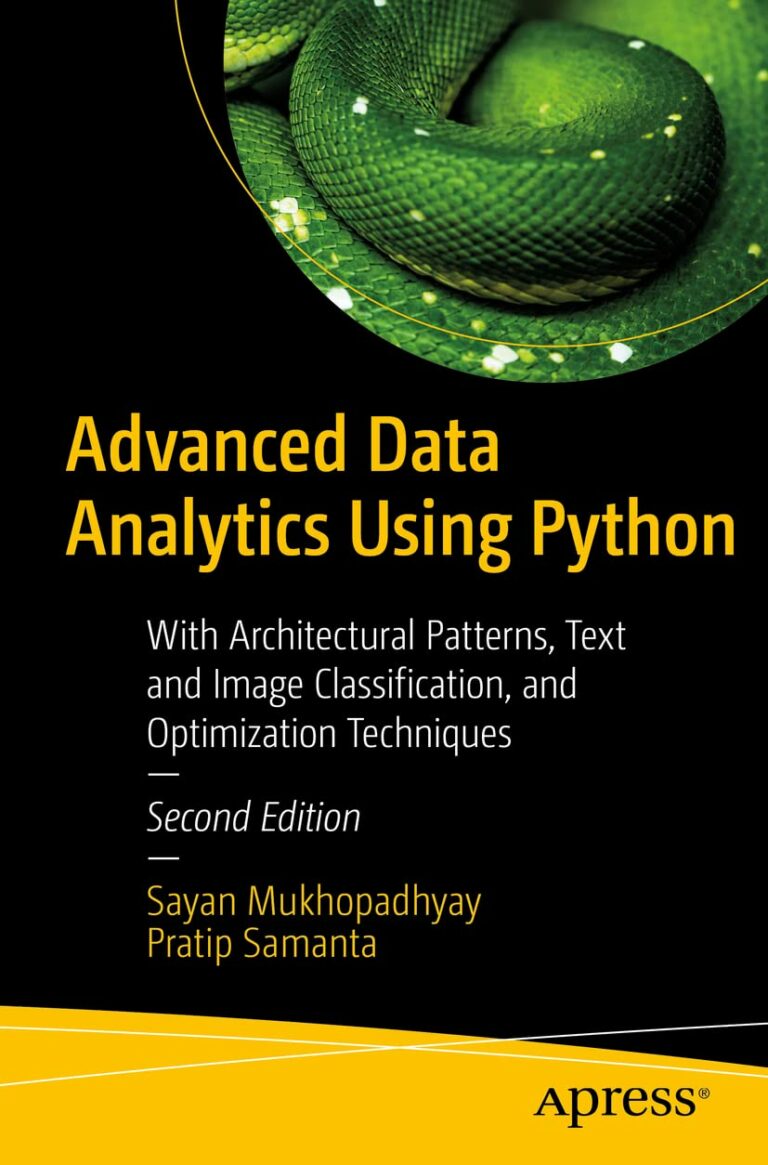
Advanced Data Analytics Using Python: With Architectural Patterns, Text and Image Classification, Optimization Techniques
Rating: 8/10 ⭐⭐⭐⭐
This one’s for the serious analysts or beginner data scientists. It covers architectural patterns, ETL pipelines, PySpark, NLP, computer vision, recommender systems, even working with cloud databases.
Data Engineering / Architecture
This section reviews books that help you grasp the principles and practices of data engineering and architecture, showing how raw data is transformed into reliable, actionable information to support modern analytics and systems.
Use these books when you are starting out or coming back for a clear refresher on the essentials.
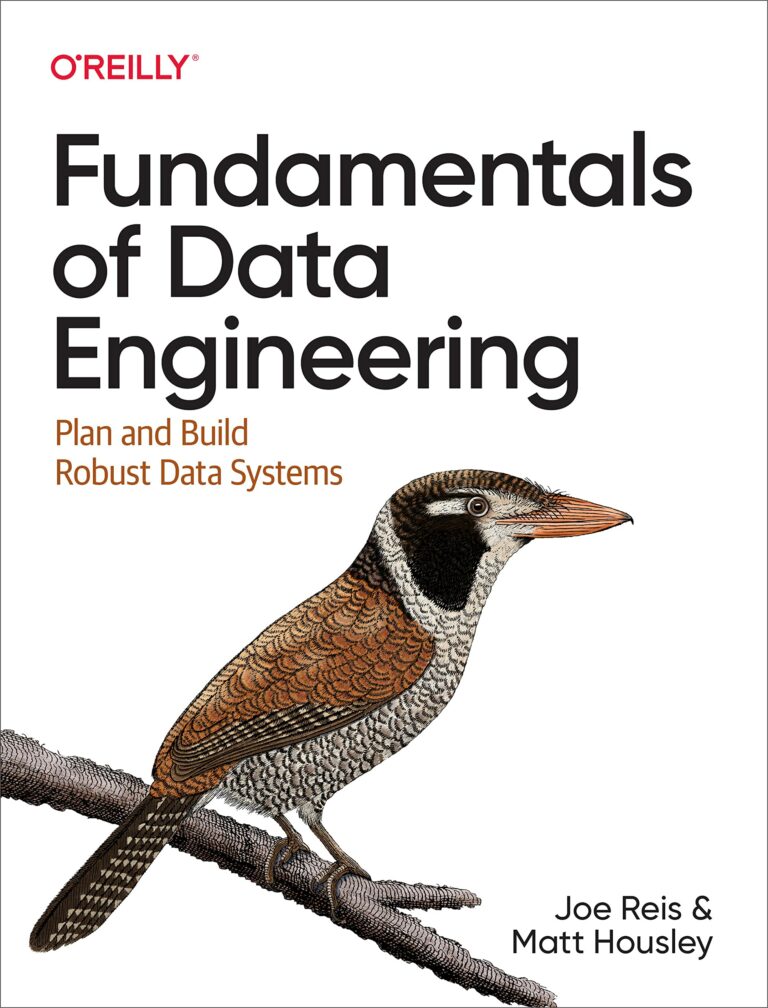
Fundamentals of Data Engineering
Rating: 9/10 ⭐⭐⭐⭐⭐
A beginner-friendly roadmap that covers the entire data engineering lifecycle without assuming deep prior knowledge. You’ll explore the key aspects of a Data Engineer’s work: data sources, ingestion, transformation, serving, and storage, along with the essentials of security, management, and governance.

Deciphering Data Architectures
Rating: 8/10 ⭐⭐⭐⭐
Compares warehouse, lake, fabric, lakehouse and mesh patterns in plain language so a new practitioner can see strengths and limits before choosing a platform.
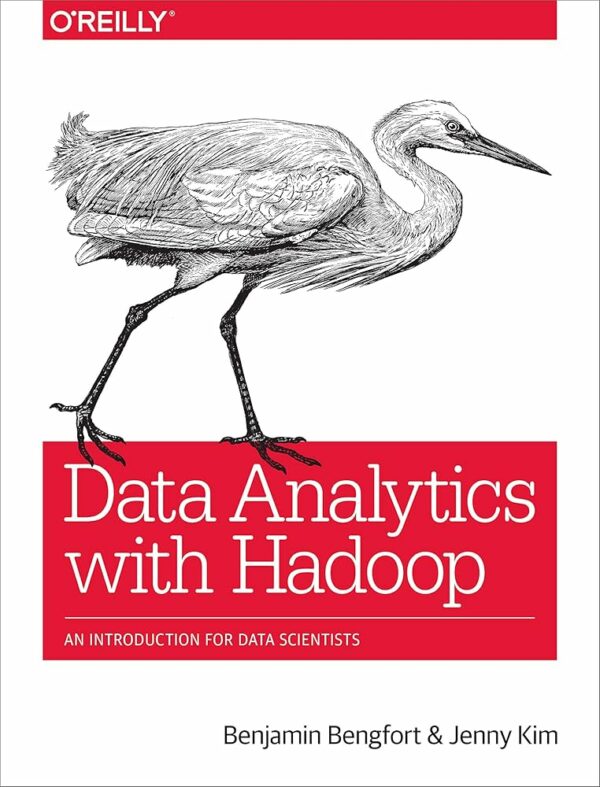
Data Analytics with Hadoop
Rating: 5/10 ⭐⭐⭐
Offers a gentle MapReduce introduction, but its 2016 focus means many tools feel dated.
Choose these titles if you already work with this topic and want practical guidance to expand your skills.
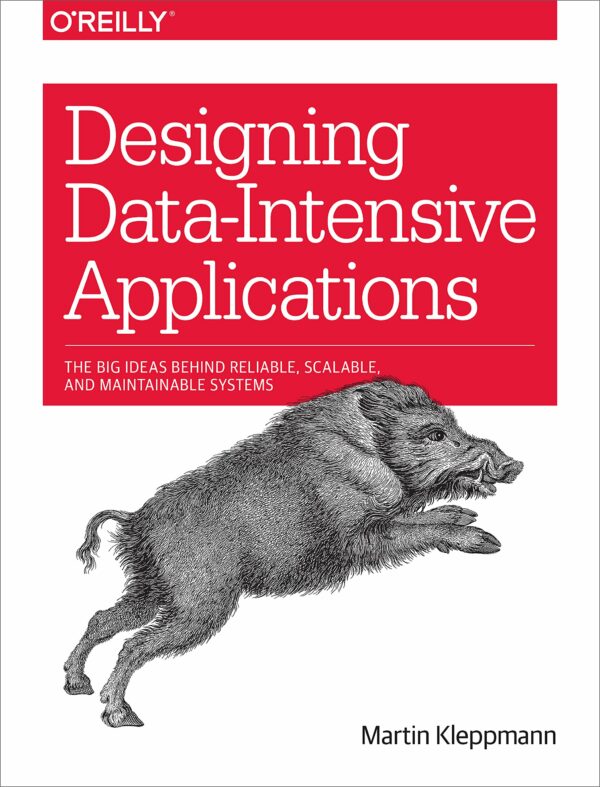
Designing Data-Intensive Applications
Rating: 9/10 ⭐⭐⭐⭐⭐
Explains data models, data formats, ACID, consensus, replication, batchs, streams, and fault tolerance with rare clarity. A modern must-read for anyone building reliable large-scale systems.
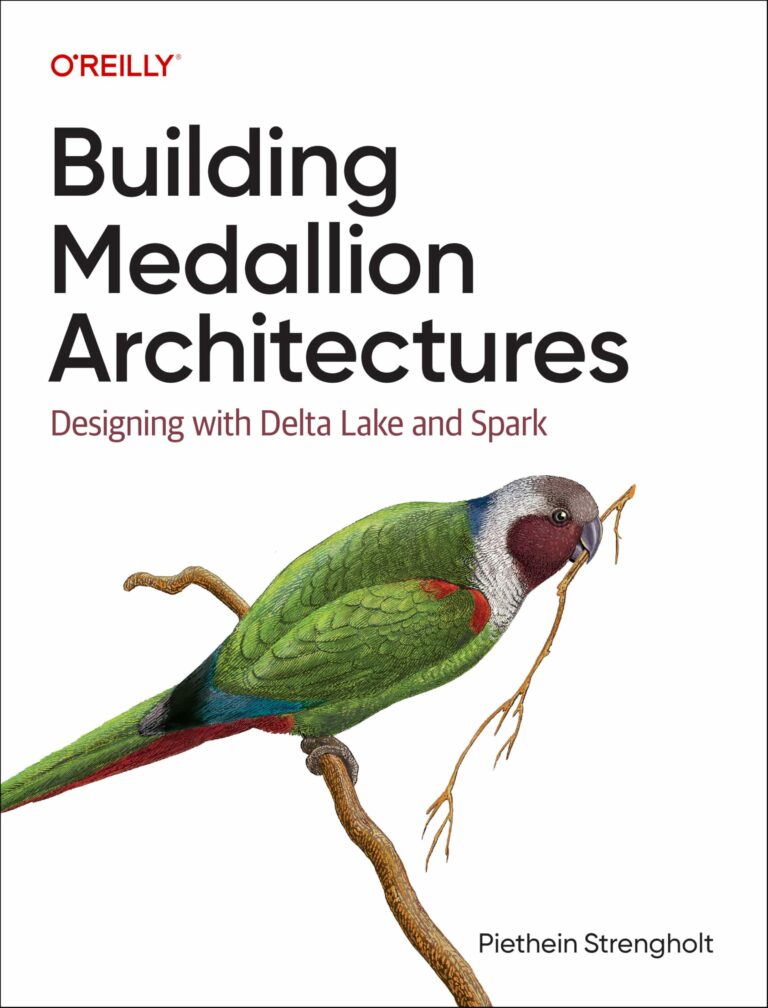
Building Medallion Architectures
Rating: 7/10 ⭐⭐⭐⭐
Shows how to implement the bronze, silver, and gold layers with Databricks and Fabric. Layer-by-layer checklists turn theory into daily engineering tasks.
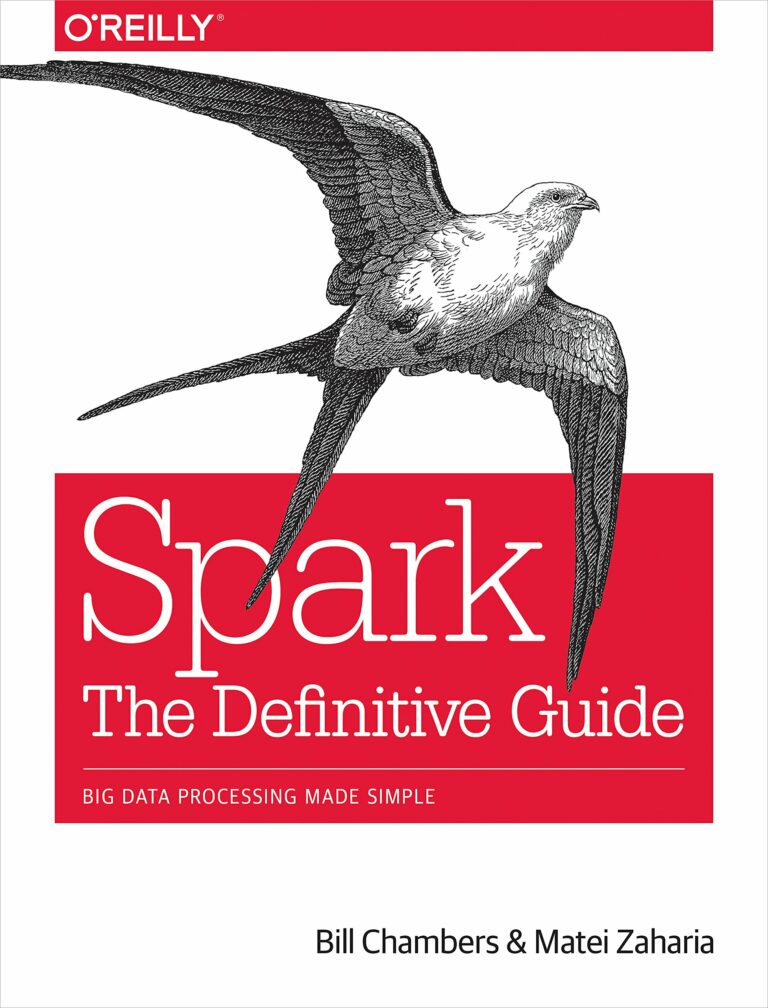
Spark: The Definitive Guide
Rating: 7/10 ⭐⭐⭐⭐
Still valued for its deep dive into Spark APIs and performance tuning, though you should cross-check code with current Spark docs.
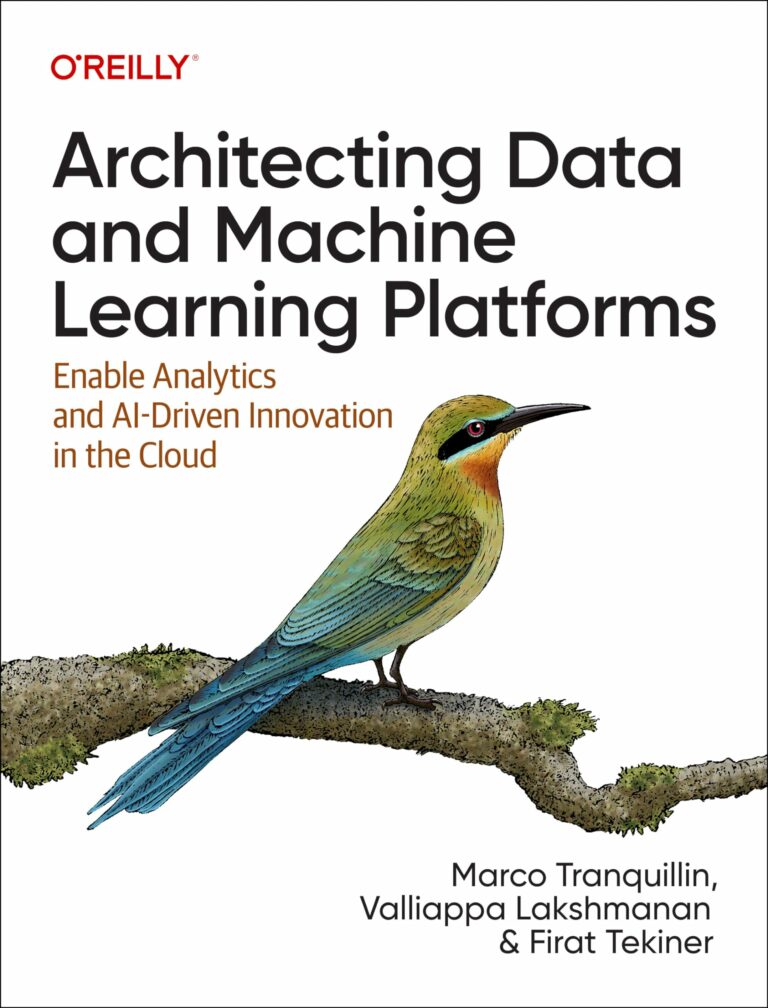
Architecting Data and Machine Learning Platforms
Rating: 6/10 ⭐⭐⭐
Gives a cloud-agnostic playbook that links data pipelines with ML workflows. Broad in scope and helpful as a bridge before the heavier architecture texts.
Pick these references when you are ready to explore complex topics and access in-depth knowledge from leading experts.
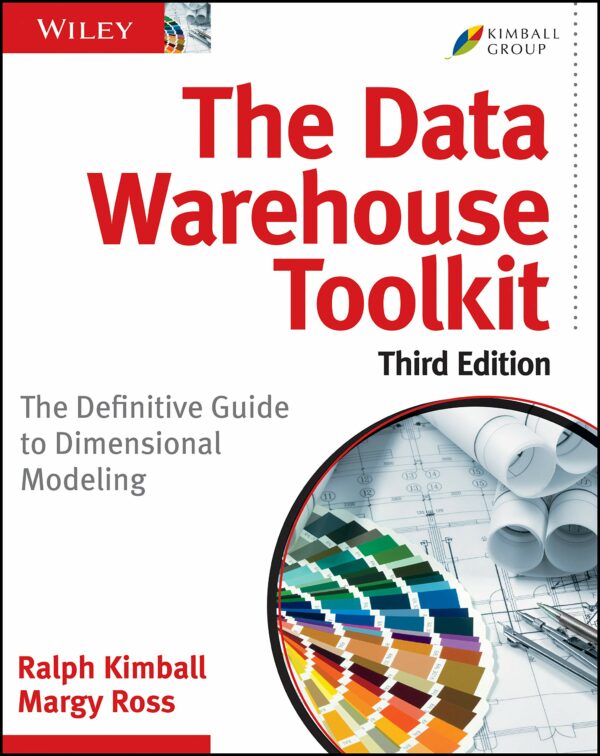
The Data Warehouse Toolkit
Rating: 8/10 ⭐⭐⭐⭐
Often called the new testament of dimensional modeling. It covers star schemas, slowly changing dimensions, and practical ETL patterns that still save teams time today.

Building the Data Warehouse
Rating: 6/10 ⭐⭐⭐
Considered the old testament of warehouse design. Provides historical roots of enterprise data warehouses and information stores and is worth browsing for perspective on modern BI practice.
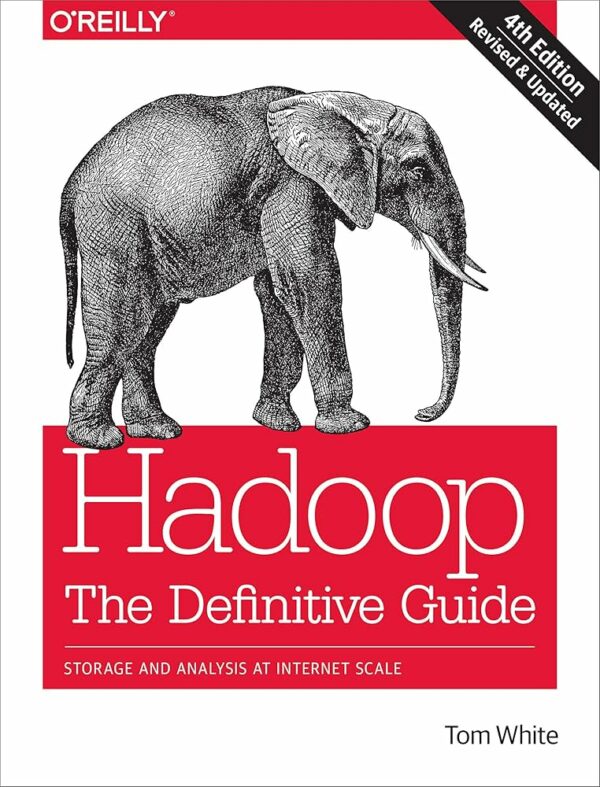
Hadoop: The Definitive Guide
Rating: 5/10 ⭐⭐⭐
Covers HDFS and MapReduce in depth, but the 2015 edition predates today’s cloud-native ecosystem, so treat it as a reference rather than a roadmap.
Data Science / ML
This section reviews books that teach data science, from essential math foundations to hands-on machine-learning projects.
Use these books when you are starting out or coming back for a clear refresher on the essentials.
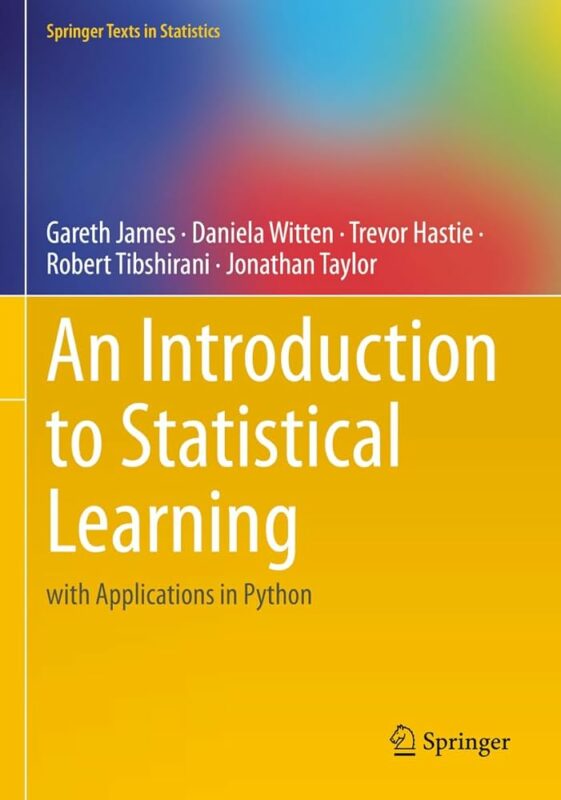
An Introduction to Statistical Learning
Rating: 9/10 ⭐⭐⭐⭐⭐
Widely praised as the best first course in classical machine learning thanks to clear explanations, free code labs, and a no-cost PDF download.
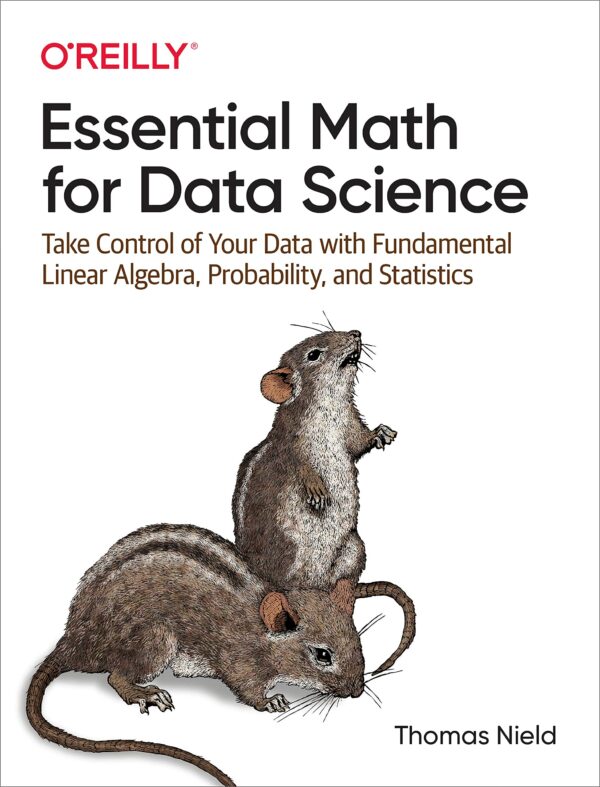
Essential Math for Data Science
Rating: 7/10 ⭐⭐⭐⭐
A concise book covering algebra, calculus, probability, and linear algebra that reviewers say helps rebuild forgotten math skills without overwhelming you with too much detail.
Choose these titles if you already work with this topic and want practical guidance to expand your skills.
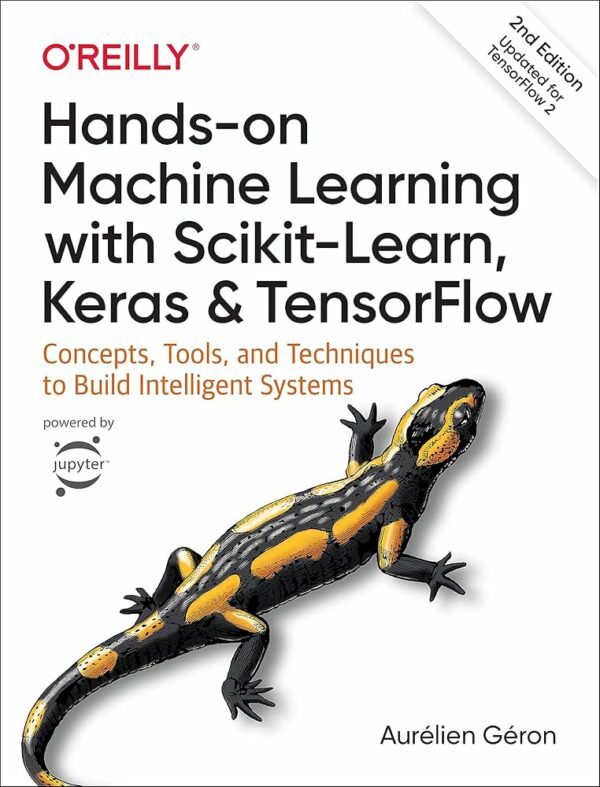
Hands-On Machine Learning with Scikit-Learn, Keras, and TensorFlow
Rating: 8/10 ⭐⭐⭐⭐
Balances theory with production code, covering tree ensembles, support vector machines, deep nets, and computer vision; often recommended as the step after introductory courses.
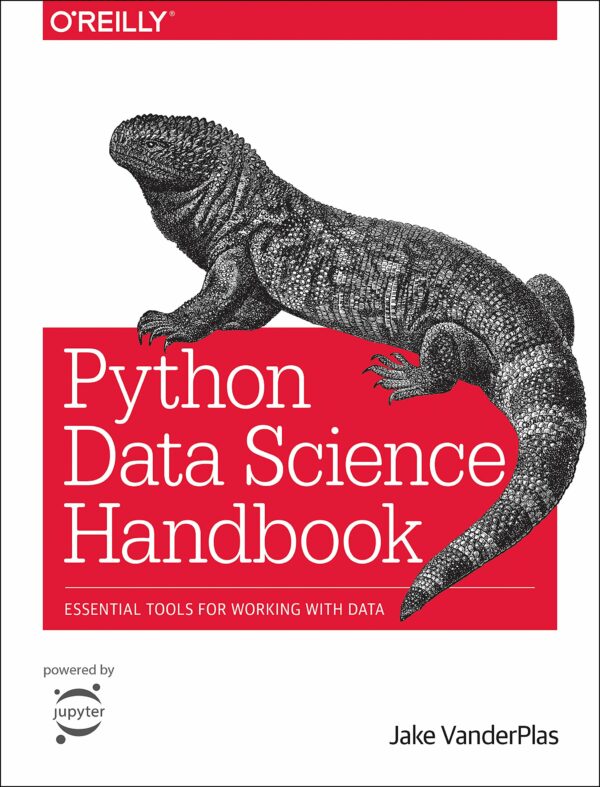
Python Data Science Handbook
Rating: 7/10 ⭐⭐⭐⭐
A code heavy reference for NumPy, pandas, Matplotlib, and scikit-learn that remains a day-to-day desk companion for many analysts.
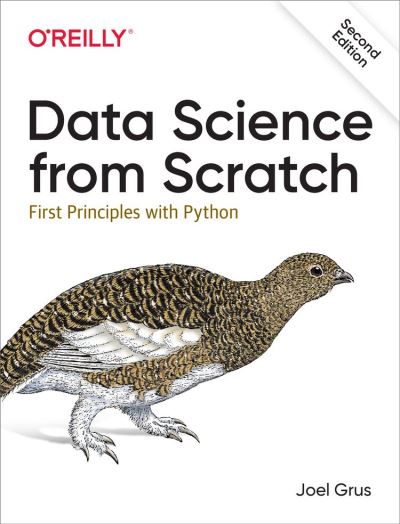
Data Science from Scratch
Rating: 5/10 ⭐⭐⭐
Builds every model by hand in pure Python so you see what happens under the hood, though some reviewers say it feels like a mix of topics.
Pick these references when you are ready to explore complex topics and access in-depth knowledge from leading experts.

Deep Learning
Rating: 8/10 ⭐⭐⭐⭐
The definitive graduate-level textbook by Goodfellow, Bengio, and Courville. Provides rigorous mathematical coverage of neural networks, optimization, convolutional and sequence models. Ideal for readers comfortable with linear algebra, calculus, and probability who want a deep theoretical grounding.
Gen AI / NLP
This section reviews books that unpack the fast-moving world of Gen AI, from code-first guides that get you building today to math-heavy texts for readers who want to design new model families.
Use these books when you are starting out or coming back for a clear refresher on the essentials.
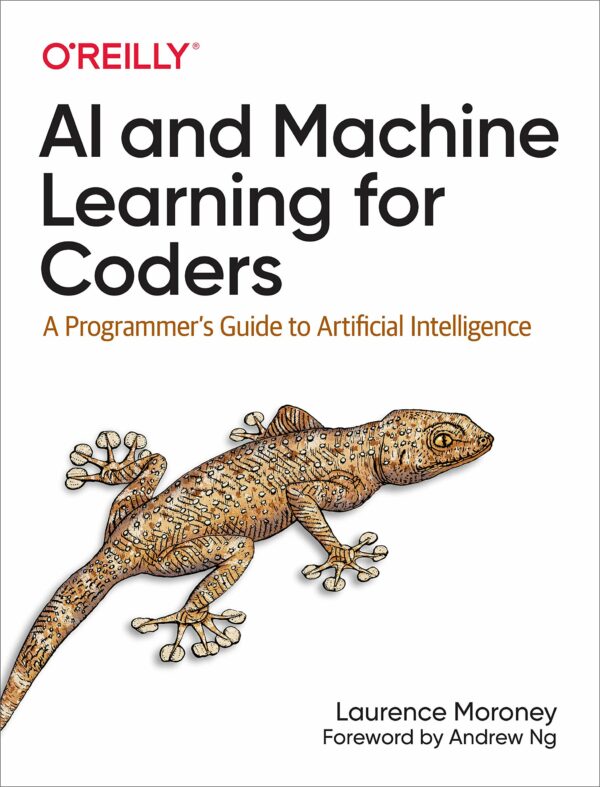
AI and Machine Learning for Coders
Rating: 7/10 ⭐⭐⭐⭐
The least mathematical book, it is a code-first walkthrough that reuses Keras and TensorFlow APIs to build classifiers, image models, and basic NLP without heavy math.
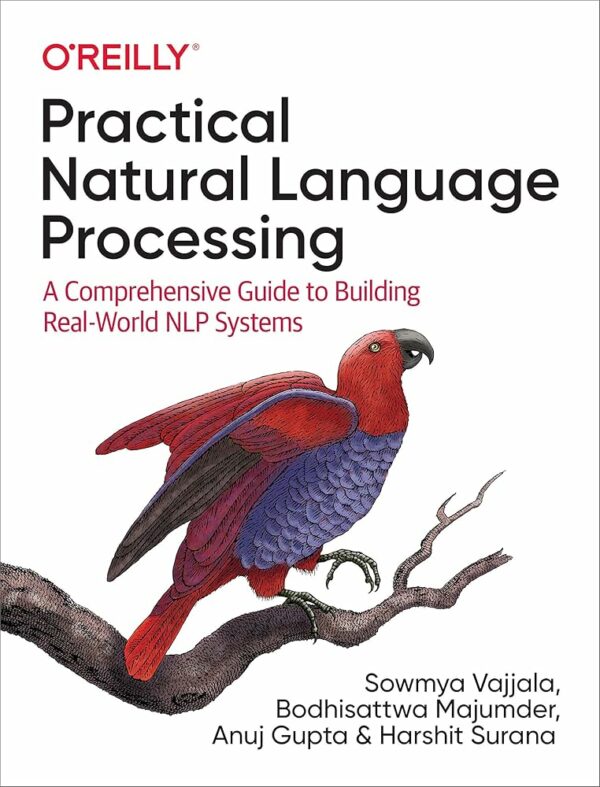
Practical Natural Language Processing
Rating: 5/10 ⭐⭐⭐
Focuses on real-world NLP pipelines: data cleaning, model deployment, and error analysis, making it useful for teams shipping products even if deep theory is light.
Choose these titles if you already work with this topic and want practical guidance to expand your skills.
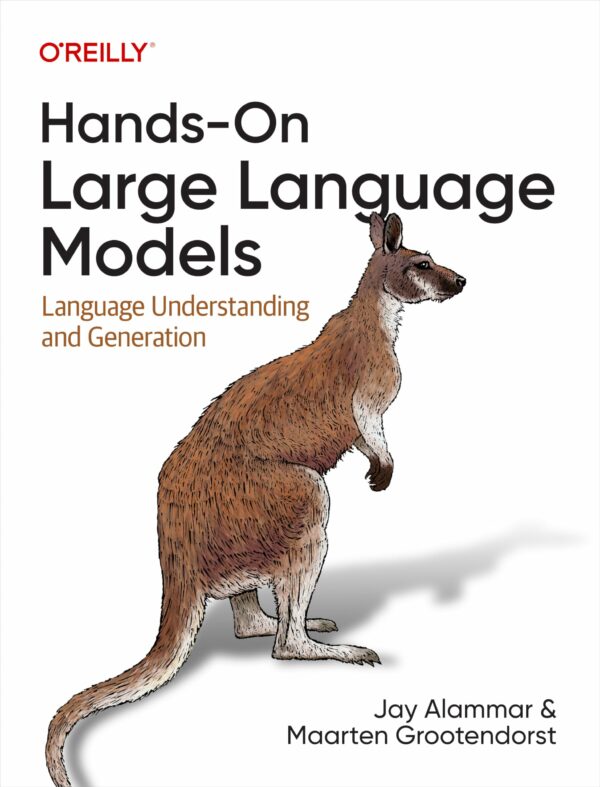
Hands-On Large Language Models
Rating: 9/10 ⭐⭐⭐⭐⭐
Highly regarded book for building semantic search, retrieval-augmented generation, and fine-tuning pipelines; praised for clear diagrams and production-ready workflows that companies now expect.
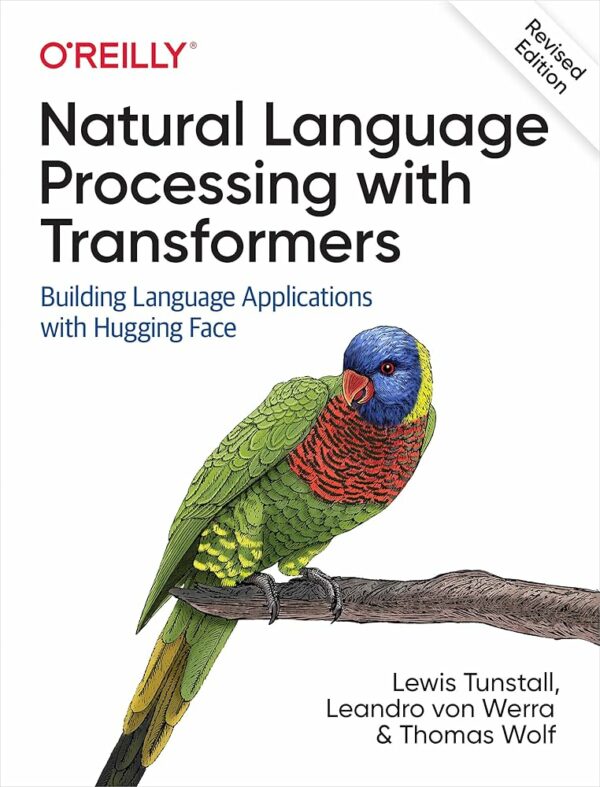
Natural Language Processing with Transformers
Rating: 7/10 ⭐⭐⭐⭐
Hands-on deep dive into the Hugging Face ecosystem: tokenizers, Trainer API, GPU scaling. Best suited to readers already comfortable with PyTorch and Transformers.
Pick these references when you are ready to explore complex topics and access in-depth knowledge from leading experts.
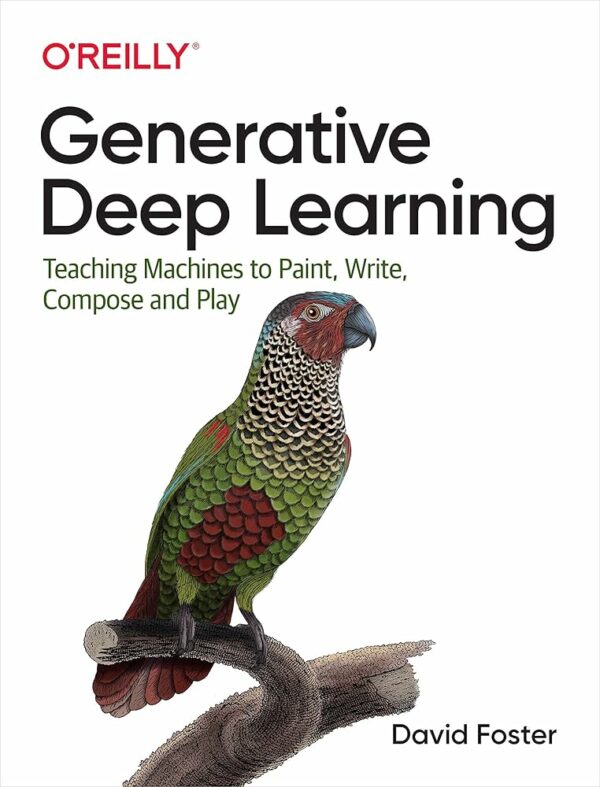
Generative Deep Learning
Rating: 8/10 ⭐⭐⭐⭐
Builds encoders, decoders, VAEs, GANs, and Transformer variants from scratch, coupling heavy math with TensorFlow/Keras code.
Data Governance / Strategy
This section features books that explain how to manage data as a valuable asset, ensure quality and compliance, and build strategic alignment between data teams and business goals. Some titles lean toward policy and stewardship, others toward architecture and AI alignment.
Use these books when you are starting out or coming back for a clear refresher on the essentials.
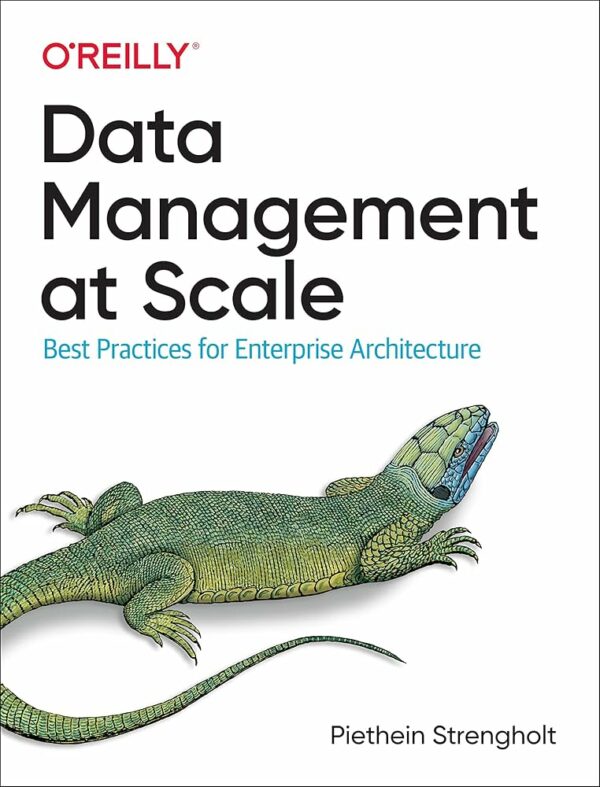
Data Management at Scale
Rating: 8/10 ⭐⭐⭐⭐
Published by O’Reilly, this is a beginner-to-intermediate guide to building scalable metadata and data governance systems. Focuses on how large orgs manage ownership, quality, and access policies. Google-style architecture meets clear governance principles.
Pick these references when you are ready to explore complex topics and access in-depth knowledge from leading experts.
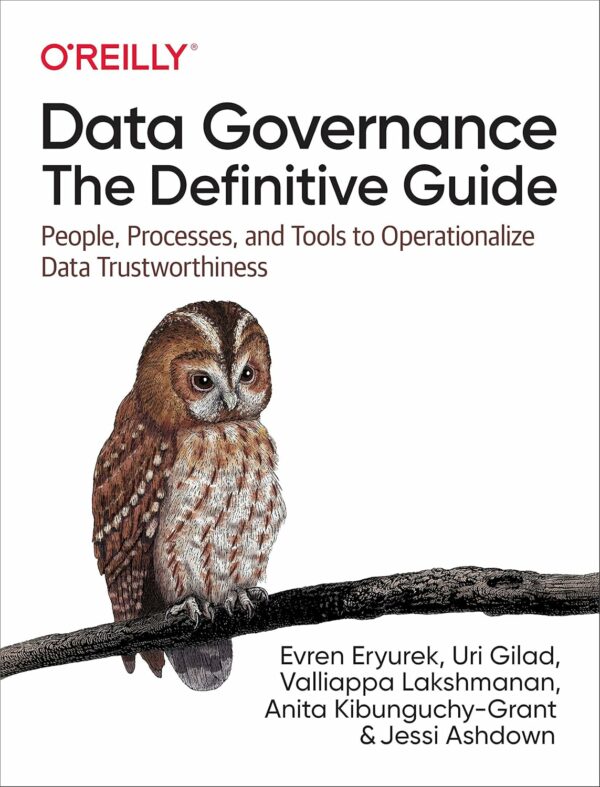
Data Governance: The Definitive Guide
Rating: 8/10 ⭐⭐⭐⭐
O’Reilly title that balances strategy with hands-on implementation. Written by Google Cloud PMs, this book links governance to real-world cloud data pipelines, privacy, security, and compliance. Great for teams modernizing on GCP, but many principles are platform-neutral.
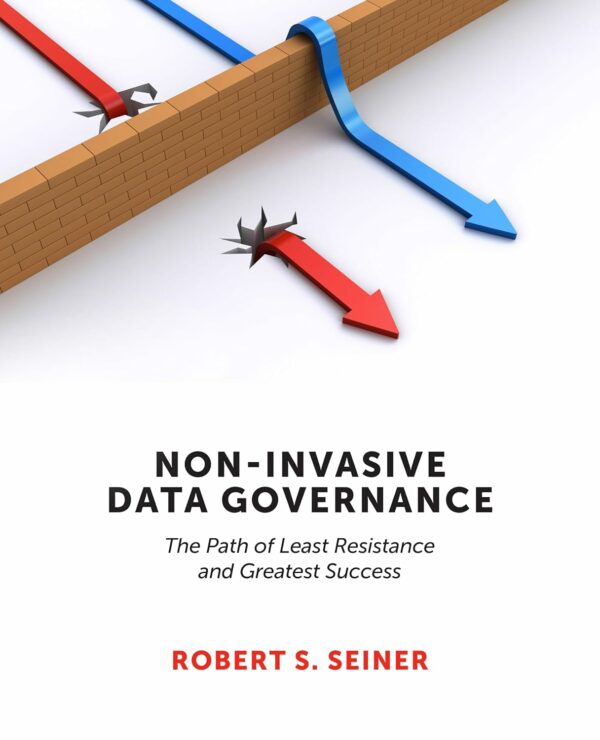
Non-Invasive Data Governance
Rating: 7/10 ⭐⭐⭐⭐
Breaks down governance into manageable roles and actions without heavy-handed bureaucracy. Good first step if you’re building a governance culture from scratch.
Pick these references when you are ready to explore complex topics and access in-depth knowledge from leading experts.
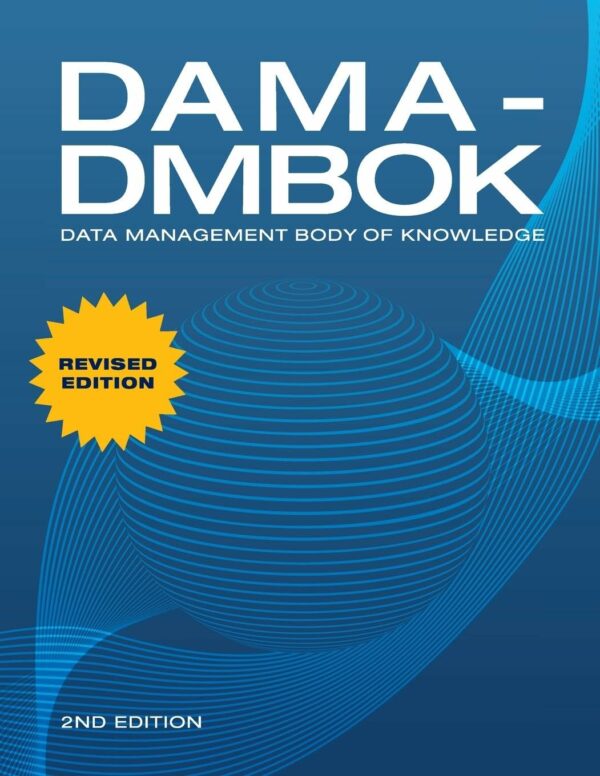
DAMA-DMBOK: Data Management Body of Knowledge
Rating: 9/10 ⭐⭐⭐⭐⭐
The gold standard reference for data governance and management frameworks. Covers everything from data quality to metadata, security, stewardship, and lifecycle practices. Dense but essential for anyone formalizing or leading enterprise-level governance programs. Essential if you want to be DAMA certified.
Product/Project Management
This section highlights books that sharpen your ability to manage products and projects effectively, especially in data-driven or AI-centered environments. It blends practical strategy, user-centered thinking, and modern tech considerations.
Use these books when you are starting out or coming back for a clear refresher on the essentials.
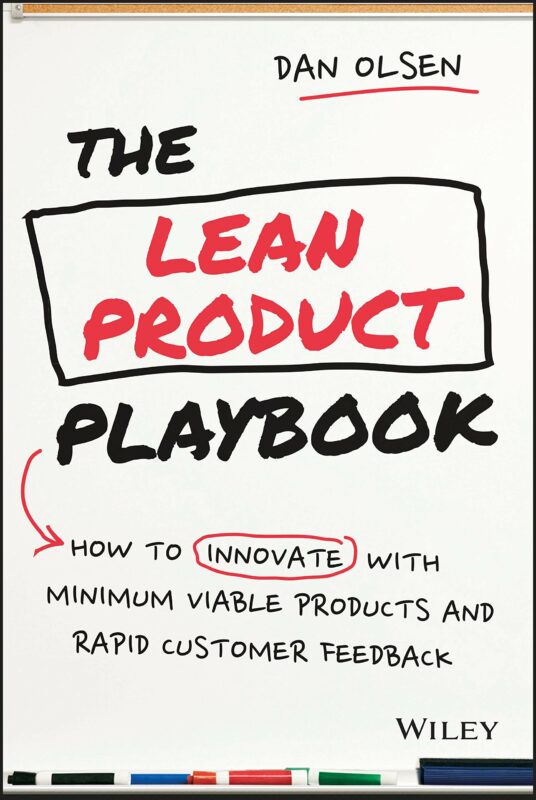
The Lean Product Playbook
Rating: 8/10 ⭐⭐⭐⭐
A beginner-friendly framework for finding product-market fit, defining MVPs, and iterating fast. Strong on UX and customer discovery, ideal for aspiring PMs in startups or tech companies.
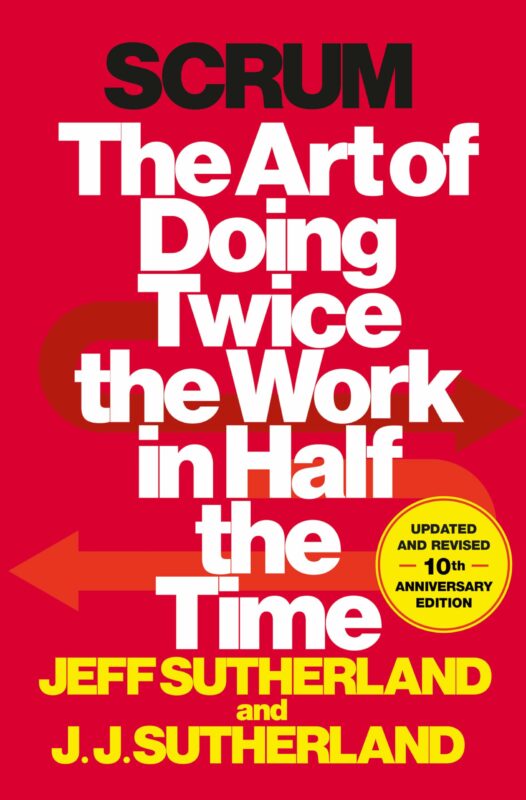
Scrum: The Art of Doing Twice the Work in Half the Time
Rating: 7/10 ⭐⭐⭐
A fast-paced intro to agile project management by one of Scrum’s creators. Not specific to data or AI but essential for managing any modern, fast-moving product team.
Pick these references when you are ready to explore complex topics and access in-depth knowledge from leading experts.
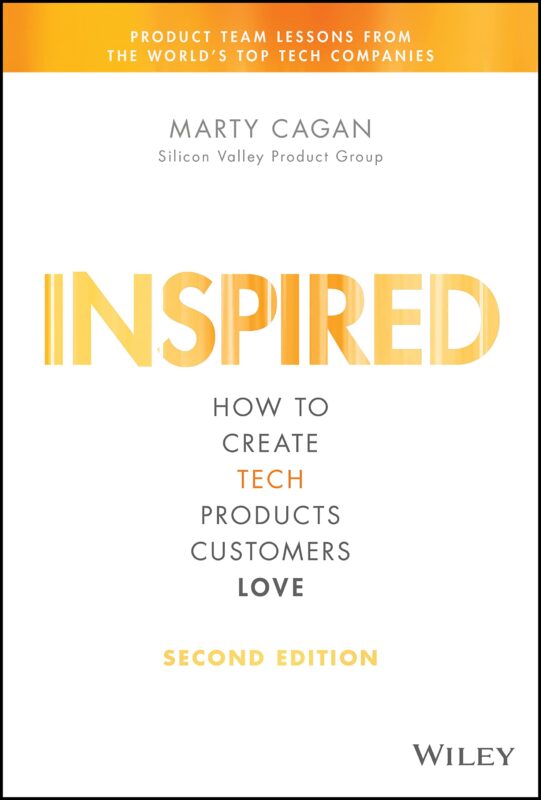
Inspired: How to Create Tech Products Customers Love
Rating: 8/10 ⭐⭐⭐⭐
One of the most popular PM books around. Covers team structure, discovery techniques, and stakeholder management. Especially useful for tech product managers working with engineers and designers.
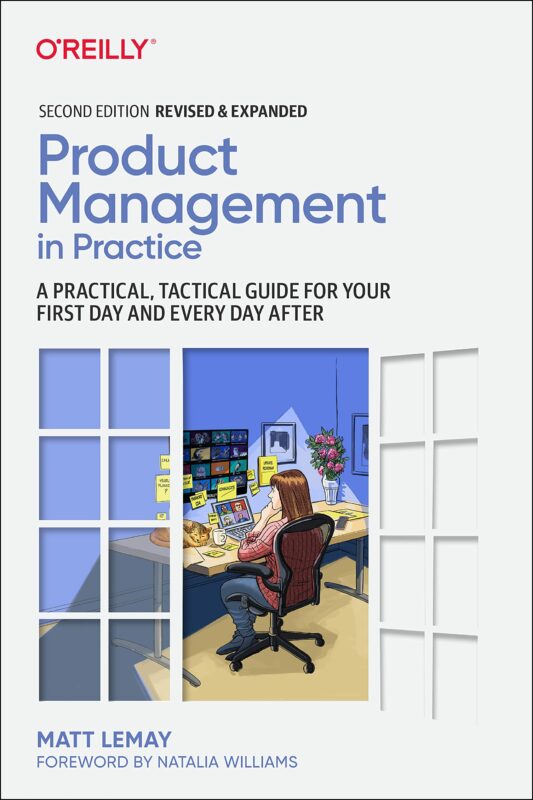
Product Management in Practice
Rating: 8/10 ⭐⭐⭐⭐
A hands-on O’Reilly guide to the day-to-day reality of being a PM. Covers communication, scoping, cross-functional collaboration, and managing without authority. Especially good for people moving into PM from other roles.
Pick these references when you are ready to explore complex topics and access in-depth knowledge from leading experts.

Project to Product
Rating: 8/10 ⭐⭐⭐⭐
Focuses on enterprise-scale transformation from project-based work to product-oriented thinking. Ideal for senior PMs, heads of data platforms, and those navigating organizational change.
Conclusion

So what are you waiting for? 🧐
Shut down the computer, grab a book, and dive into the fascinating world of data and AI!
The cat videos aren’t going anywhere, but your curiosity is ready to explode. Whether you’re a complete newbie or just data-curious, there’s a whole universe out there waiting for you to explore it. 🚀📚
Still not convinced? Here’s a little-known but powerful truth: if you read just three solid books on a topic, you’ll already know more than 90% of people in that field. Just saying ✌️!

